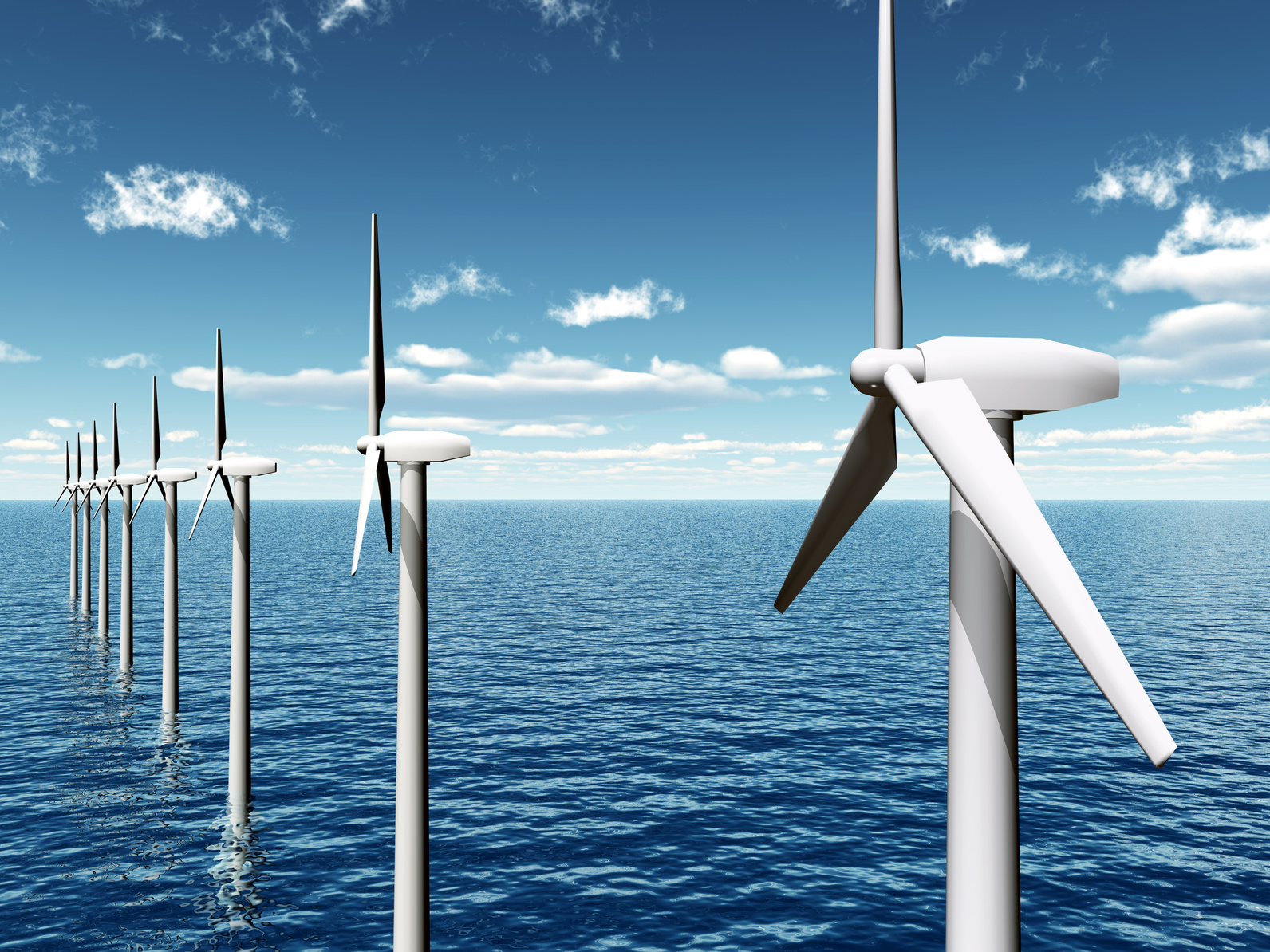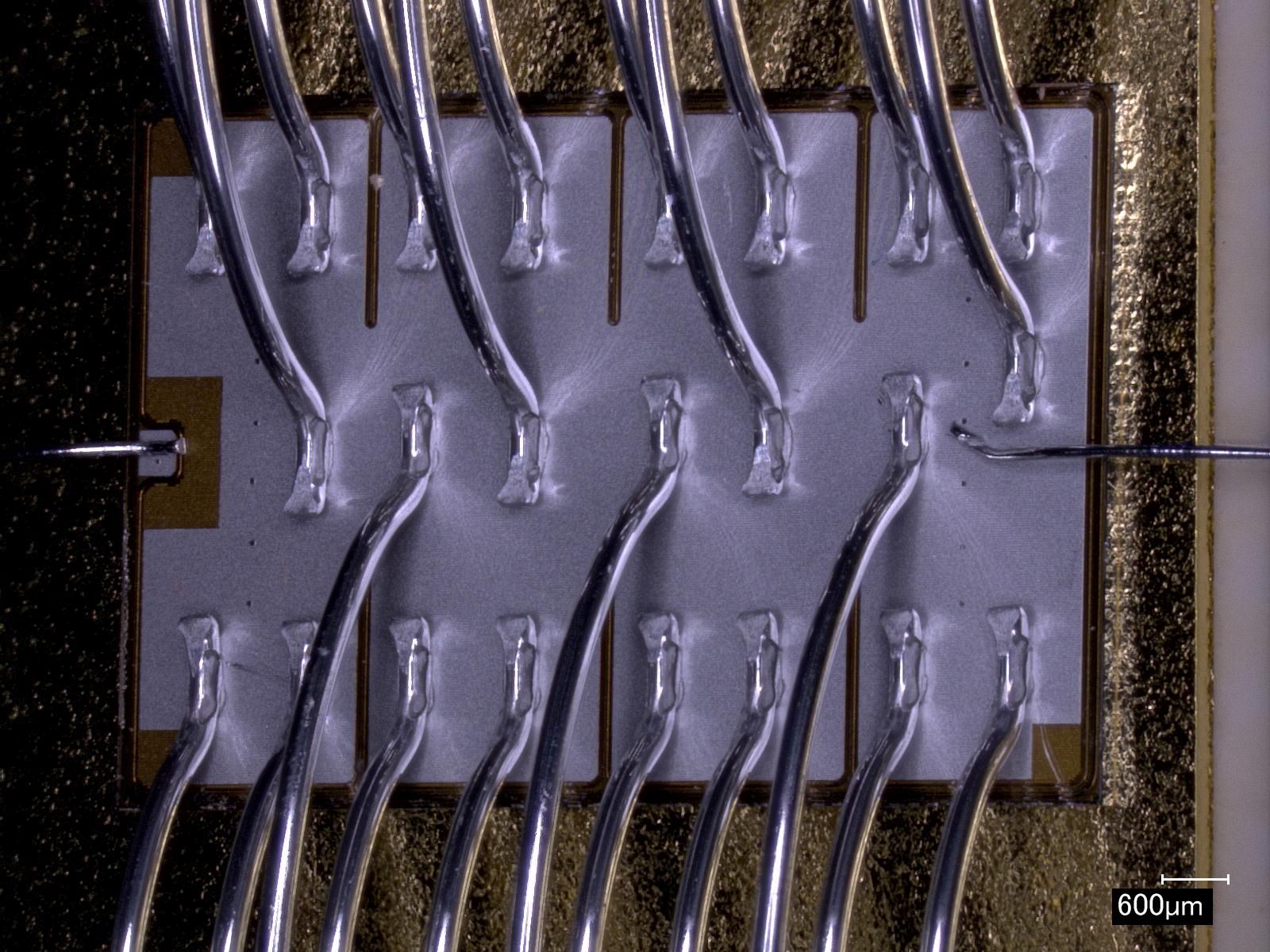News
More power for offshore wind energy
Bonding wire cracks can easily cause power modules in offshore wind farms to fail. One solution to this problem is aluminum-scandium alloy. Using thermal testing, we were able to improve the stability and resistance of the alloys.
Approximately 800 wind farms (Source: Offshore Wind Energy Foundation) harvesting energy in the North and Baltic Seas. Each turbine has a control center in the form of a power converter, which converts the direct current into alternating current that can be fed into the power grid. The challenge: Each time the power converter switches, heat is generated, which causes both the bonding wire and semiconductor in the power converter to expand — but to different degrees. This can lead to bonding wire cracks, and the wire detach from the semiconductor, severing the electrical connection to the chip.
To ensure the power electronics in offshore wind farms don’t run out of energy, the aluminum bonding wire was prepared for temperature cycling. A German Research Foundation project laid the foundation: Fraunhofer IZM and TU Berlin scientists in collaboration with bonding wire manufacturer Heraeus developed an aluminum-scandium alloy. Such alloys are already being used in the aerospace industry and sports equipment. In the follow-up project HotAl (High-temperature optimized Al bonding technology for offshore applications), Fraunhofer IZM put the aluminum-scandium alloy to the test and adapted it to the requirements of wind turbines. But why scandium? “Scandium is a light metal that impedes interface movement during thermal loading”, explains Dr. Ute Geißler, Project Coordinator. This makes the wire stronger and more resistant to thermal shocks, such as those induced by power converters.
Scandium has a lot of potential — if you know what to do with it. If the alloy is heat-treated, both the microstructure and thus the interaction between scandium particles and wire grid. So the question was, which distribution would be best suited for application in wind turbines? Fraunhofer IZM performed a number of test series to increase the lifetime compared to conventional aluminum wire bonds by a factor of 10. Although the collaborative project HotAl focuses on power electronics in offshore wind turbines, the application possibilities are extensive. “The alloy can significantly improve the performance of power modules in other areas, such as photovoltaic technology, automotive technology and industrial electronics.
Last modified:
 Fraunhofer Institute for Reliability and Microintegration IZM
Fraunhofer Institute for Reliability and Microintegration IZM
